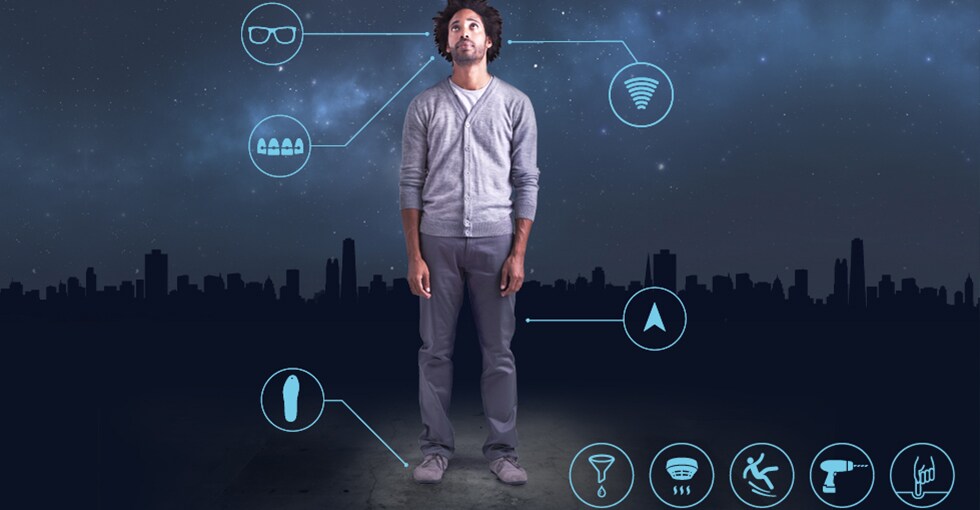An amazing variety of products owe their lives to NASA´s Space Program. Philips will be seizing the chance to contribute to this proud tradition of innovation by enabling scientific experiments to be carried out on the XCOR Lynx spacecraft during its flights. Meanwhile, here are 10 of the best everyday products to have come out of space:
1. Scratch-resistant lenses
Because space environments contain dirt and particles that can damage astronauts´ helmet visors, NASA developed a process to create scratch-resistant lenses. The optical industry quickly seized on it to make eyeglasses ten times more scratch-resistant than before.
2. Ear thermometers
No normal thermometer can measure the temperature of stars, so NASA tried out infrared technology to do the job. Capitalizing on this idea, a company invented an infrared sensor, stuck it in an aural thermometer, and used it to measure the amount of energy your eardrum gives off into the ear canal. Hospital versions can now take your temperature in under two seconds.
3. Shoe insoles
The spacesuit designed for the Apollo missions included specially-designed boots that put a spring in the astronauts´ steps. Various athletic shoe companies have adapted this technology to absorb the energy from your foot hitting the ground and rebound it back to give you extra lift. Neil Armstrong didn´t know how right he was when he spoke of “One giant leap for mankind“.
4. Invisible braces for teeth
Tom Cruise knew he couldn’t dazzle cinema audiences with an all-metal smile. He chose to use invisible braces instead, which hit the market in 1987 and were an instant success. They´re made from a substance called translucent polycrystalline alumina (TPA), which was developed to protect the infrared antennae of heat-seeking missile trackers. Strong? Supersonically so.
5. Cordless tools
Imagine going all the way to the moon to get samples of rocks and then finding you can´t plug in your drill anywhere. To avoid this embarrassment, NASA got involved in making a powerful magnet-motor drill with maximized battery life. Handymen of the world have been rejoicing ever since.
6. Tap water filters
These apparently simple items trickled down from NASA's need to cleanse water on long space flights. And why did they need to cleanse it? Well, there are no taps in space. The water that astronauts drink is recycled from…the water that astronauts have already drunk. Yes.
7. Satellite navigation
Even before humans were sent into space, NASA built satellites that could communicate with people on the ground. Today´s more refined versions enable us to make long-distance phone calls and drive our cars to our destinations without ever using those old-fashioned paper things called ‘maps’.
8. Memory foam
An open-cell, polurethane-silicon plastic was created for use in NASA aircraft seats to lessen the impact during landings. The material evenly distributes weight and pressure for shock absorbency, and will return to its original shape even after being compressed to 10% of its size. It´s now very popular for use in mattresses.
9. Smoke detectors
If a fire has started in your space environment or if noxious gases are on the loose, you prefer to know about it sooner rather than later. That´s why NASA helped to invent the first adjustable smoke detector with different sensitivity levels to prevent false alarms. The ones hanging in your own home are based on the version used in Skylab, the first US space station.
10. Safety grooving
Bet you never guessed this one. This simple, yet life-saving, process involves inserting long, shallow channels into concrete on runways and roads. These divert excess water from the surface to improve tire grip. First experimented with at NASA´s Research Center in the 1960s, this innovation has spread to grace pedestrian crosswalks, swimming pools and even animal pens.
